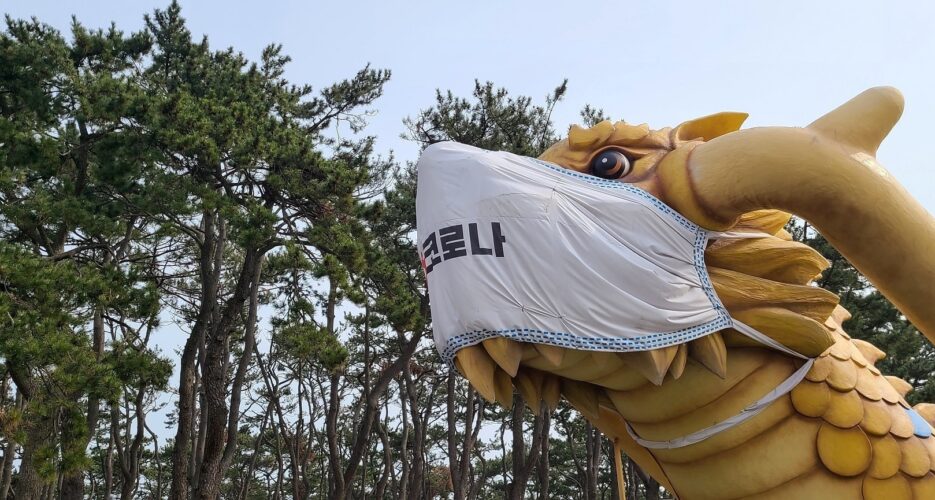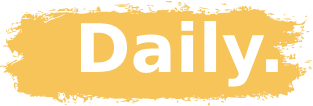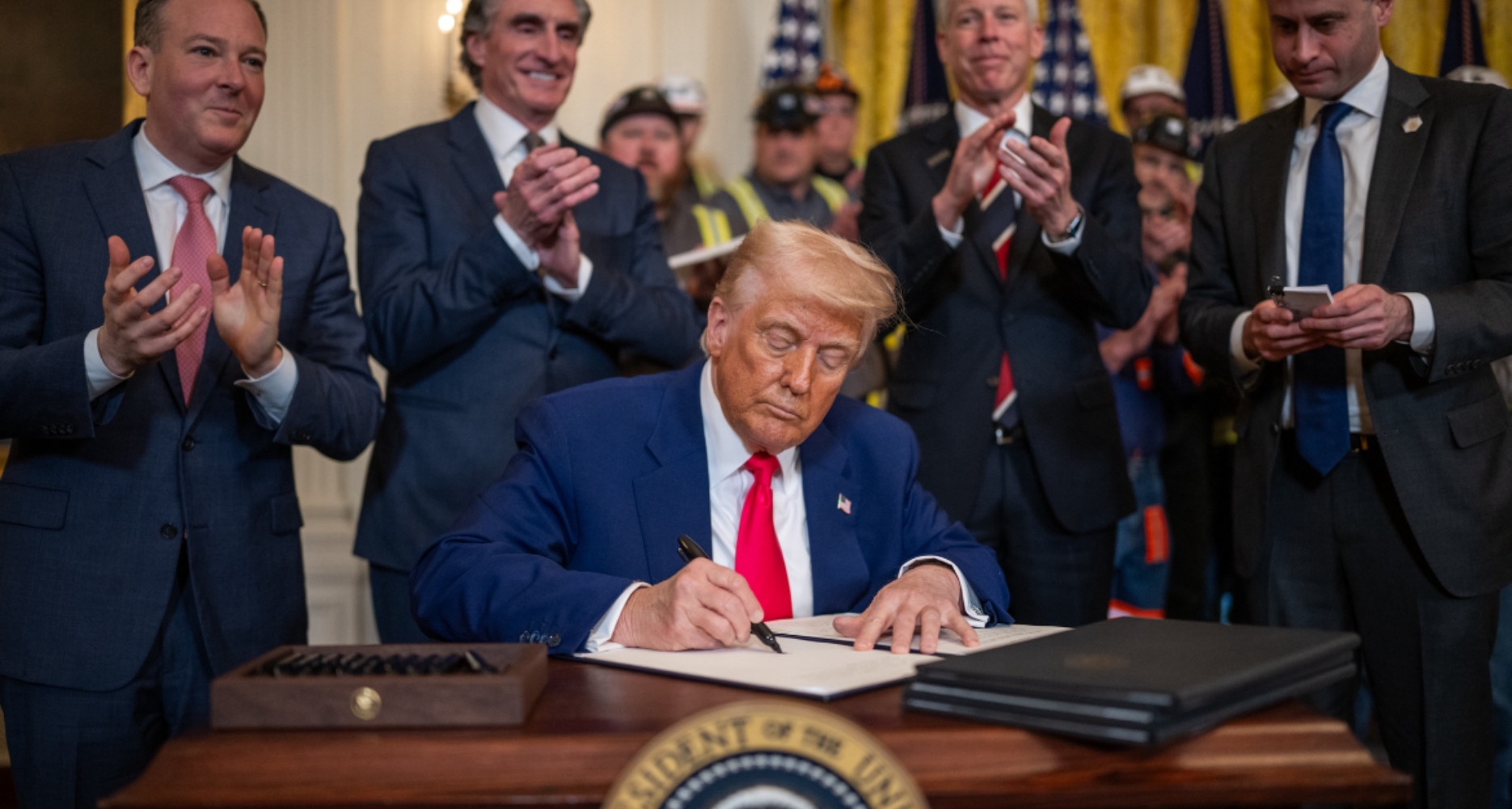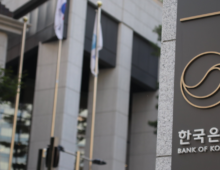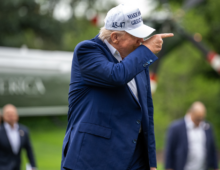Moon administration has failed to adapt its approach to address changing situation and economic pain, experts say
There’s no denying that South Korea initially managed to keep a lid on the virus by responding stringently and flexibly when COVID-19 first broke out. Based on aggressive testing, tracing and treatment, the country quickly isolated infected patients and implemented social distancing policies to limit daily infection numbers.
The strategy seemed to work, and as the world applauded the country’s success in flattening the curve, the Moon administration reveled in the attention, dubbing its response “K-Quarantine.”
There’s no denying that South Korea initially managed to keep a lid on the virus by responding stringently and flexibly when COVID-19 first broke out. Based on aggressive testing, tracing and treatment, the country quickly isolated infected patients and implemented social distancing policies to limit daily infection numbers.
The strategy seemed to work, and as the world applauded the country’s success in flattening the curve, the Moon administration reveled in the attention, dubbing its response “K-Quarantine.”
Get your
KoreaPro
subscription today!
Unlock article access by becoming a KOREA PRO member today!
Unlock your access
to all our features.
Standard Annual plan includes:
-
Receive full archive access, full suite of newsletter products
-
Month in Review via email and the KOREA PRO website
-
Exclusive invites and priority access to member events
-
One year of access to NK News and NK News podcast
There are three plans available:
Lite, Standard and
Premium.
Explore which would be
the best one for you.
Explore membership options
© Korea Risk Group. All rights reserved.
No part of this content may be reproduced, distributed, or used for
commercial purposes without prior written permission from Korea Risk
Group.
